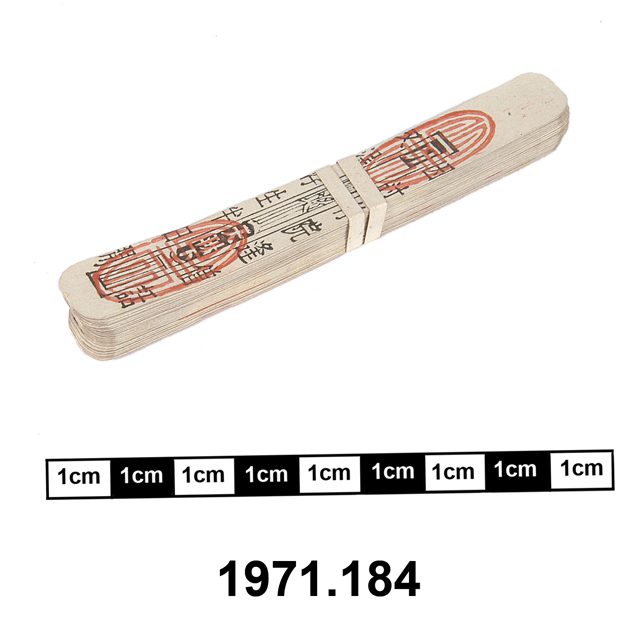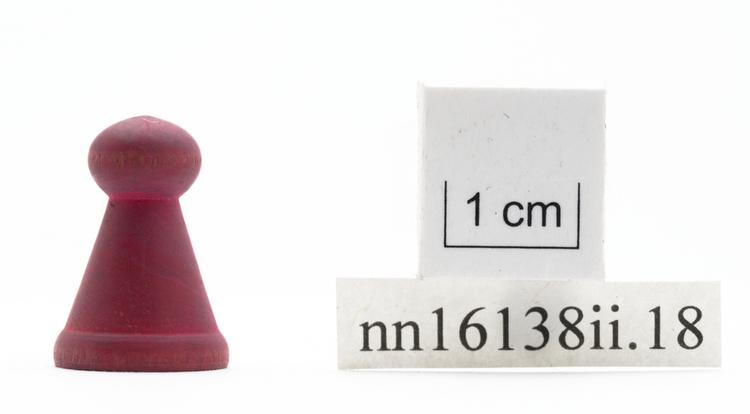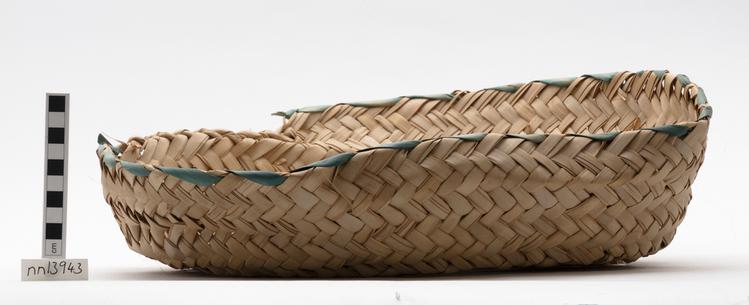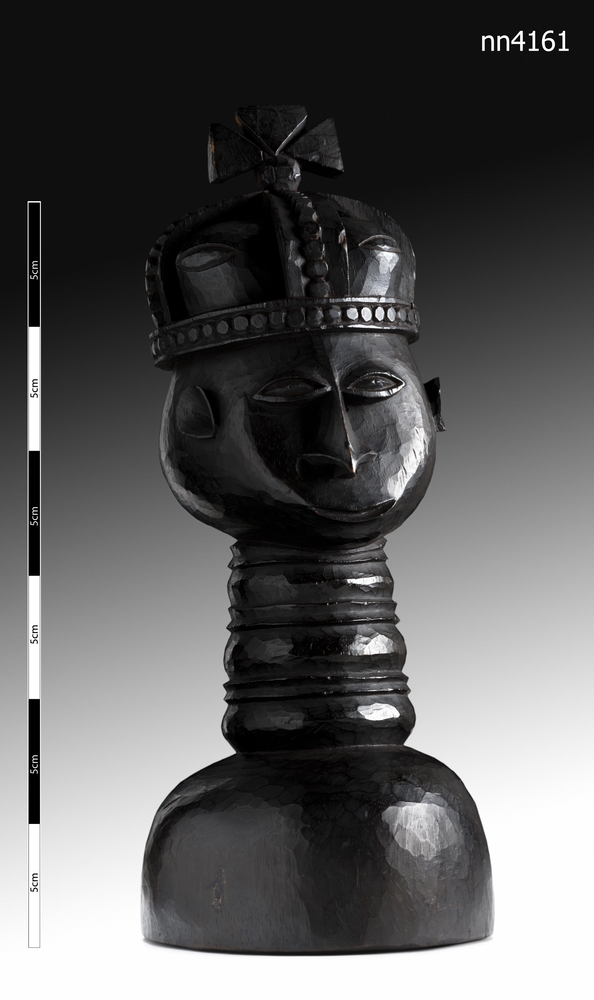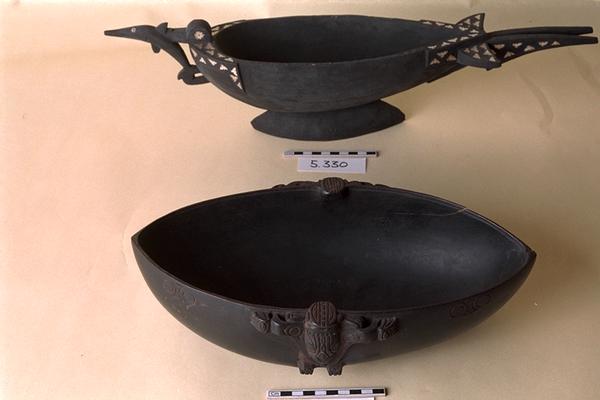
Boat shaped food bowl of a dark chocolate brown hard wood. The bowl is of lenticular form with human figures, arms outstretched on each side. One of these two figures has a pair of piercings behind its elbows which seem to suggest the former presence of a suspension cord.
Food Bowl, Tami Island, Huon Gulf Region, Morobe Province, Papua New Guinea. Cut from hard, reddish kwila wood (Intsia bijuga) and finely carved and polished, boat-shaped bowls such as this were a speciality of the carvers of Tami Island off New Guinea’s northern coast. The islanders were renowned for producing these impressive containers, and they were a lucrative trade commodity for them. Bowls such as this were found throughout northeastern New Guinea. Beautifully conceived and realised, these bowls were reserved for the preparation and serving of food on special occasions, and they were highly prized by their owners. Their most important use was as bride-wealth, payments made by a bridegroom to his fiancé’s family in order to allow him to marry their daughter. This basically boat-shaped bowl form was carved elsewhere in Melanesia (most notably, in the Solomon Islands) but the Tami artists achieved a particularly pleasing balance between the bowl’s soft curved lines and the almost art deco angularity of human figures carved in this style. Hardwood. Early 20th Century. Formerly in the private collection of Mr Frank Hanlin.



